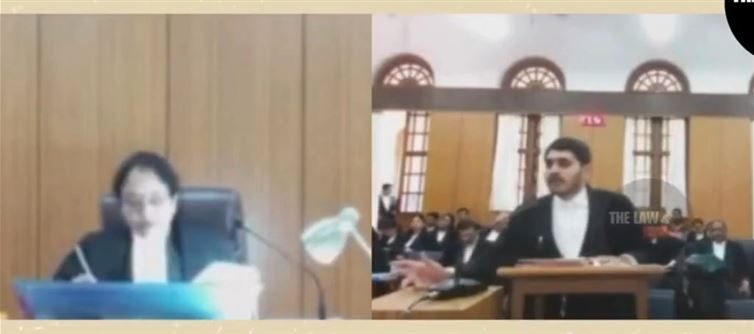
The high court, after reviewing the facts, took a pragmatic stance. It ordered the husband to clear the pending ₹90,000 as per the earlier trial court order, but made it clear that no further maintenance would be granted. The reasoning was straightforward: the wife is a working professional earning more than her husband and is therefore financially independent. Maintenance, as the court emphasised, is intended to provide for a spouse who is unable to sustain themselves—not to offer an additional income stream to someone already self-sufficient.
This ruling sends a strong message against the misuse of maintenance provisions, which were designed as a protective measure for financially dependent spouses, not as a tool for exploitation. It reaffirms the principle that equality works both ways—just as men are expected to support their wives when needed, women who are earning well should not demand financial support from their husbands. For the husband in this case, it was a hard-fought legal victory and a relief from an unfair financial burden.




 click and follow Indiaherald WhatsApp channel
click and follow Indiaherald WhatsApp channel